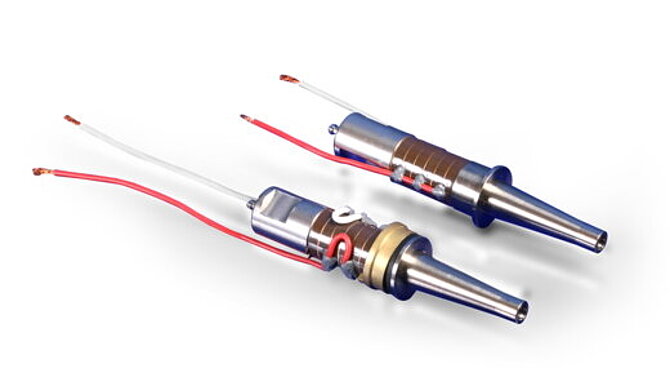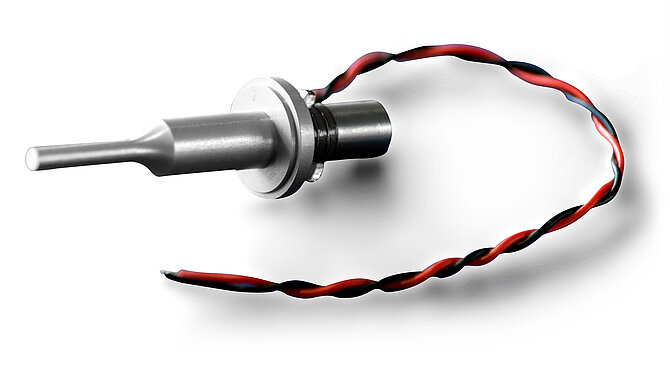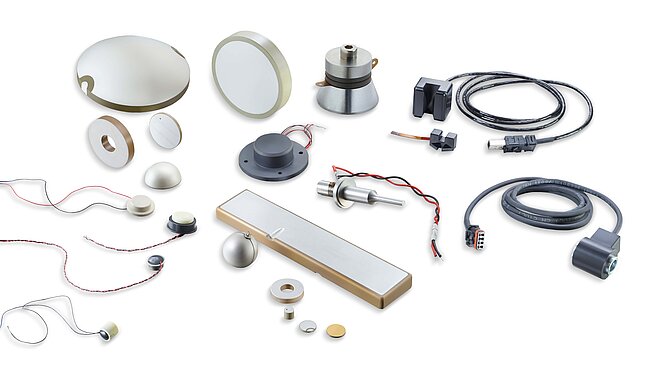
Product Manager
Operate as a global expert for a defined product portfolio, providing expertise relating to new and existing products, customer applications and materials. Use key market and technology insights to support profitable growth and increased market share of a defined product portfolio. Constantly analyse and test assumptions to ensure strategic projects are delivered on time and in full, as well as exploring and delivering new investments and products with an attractive Return on Invested Capital (ROIC).
CeramTec UK Limited
Address
Antelope Park, Bursledon Road
Thornhill, Southampton
Hampshire, SO19 7TG
United Kingdom
Phone: +44 2380 444811
Email: myceramtec@ceramtec.de
Ceramic Site
Vauxhall Industrial Estate
Ruabon, Wrexham
LL14 6HY
United Kingdom

Fascination of Advanced Ceramics
Let us inspire you with the fascinating possibilities of high-performance ceramics!
Immerse yourself with us in the production of this material of the future - from its origins in the form of silicates and metallic compounds in the earth to specialised high-end solutions for the challenges of the future.
Additional Information
Gender Pay Gap Reports
- Gender Pay Gap Report (at 5th April 2024)
- Gender Pay Gap Report (at 5th April 2023)
Gender Pay Gap Report (at 5th April 2022)
Modern Slavery Act Statements
Modern Slavery Act Statement Canada (2024, PDF, 167 KB)
Modern Slavery Act Statement Canada (2023, PDF, 154 KB)
Modern Slavery Act Statement UK (2024, PDF, 171 KB)
Modern Slavery Act Statement UK (2023, PDF, 50 KB)
Modern Slavery Act Statement UK (2018, PDF, 97 KB)
Privacy Notice – Candidates (PDF, 3 MB)






